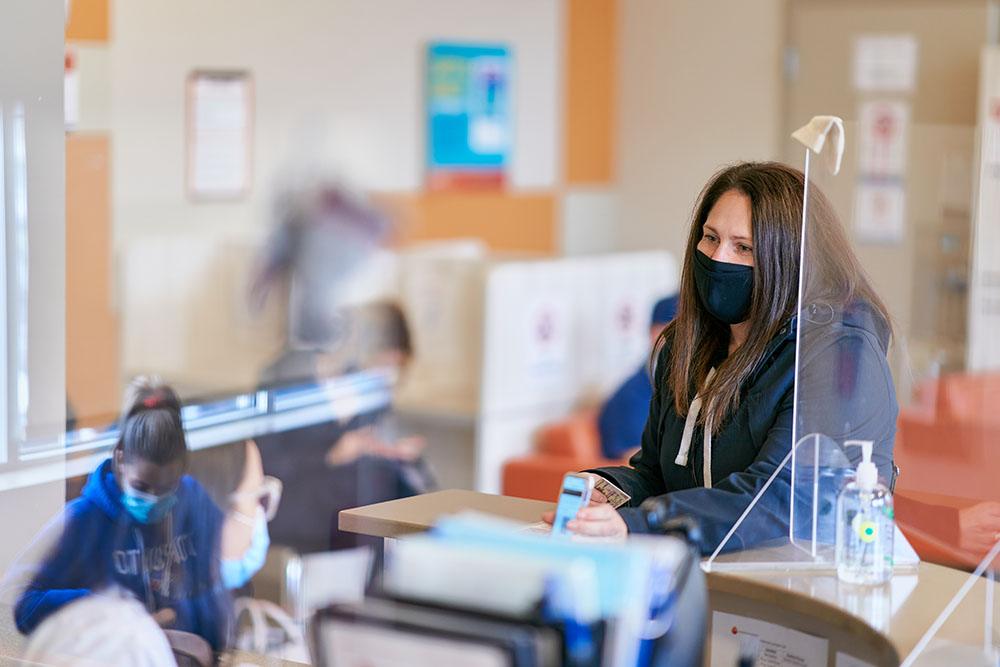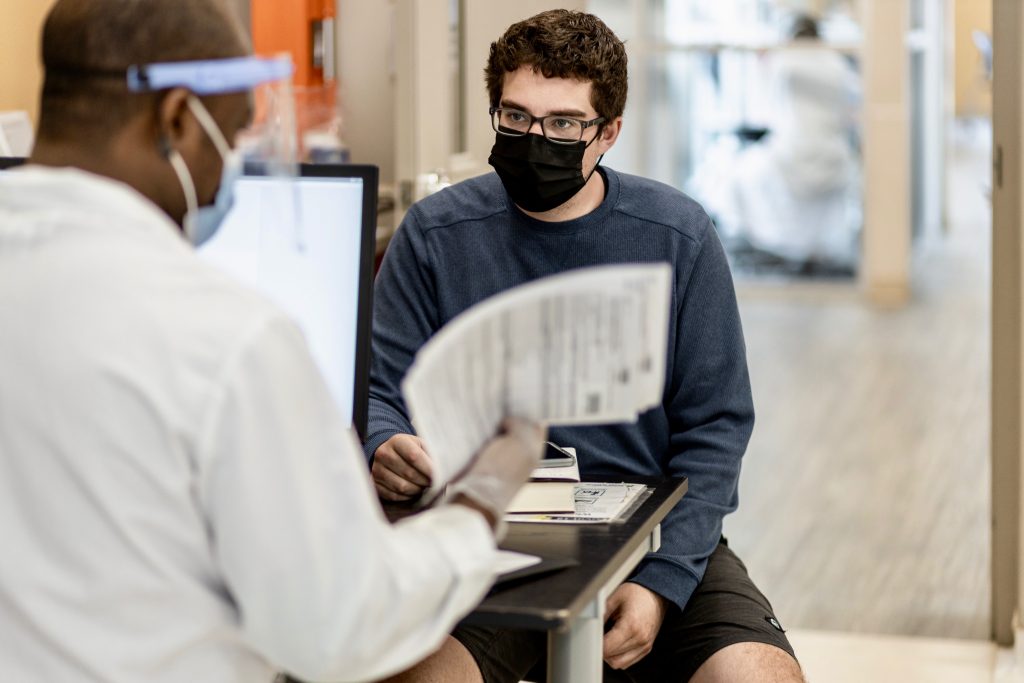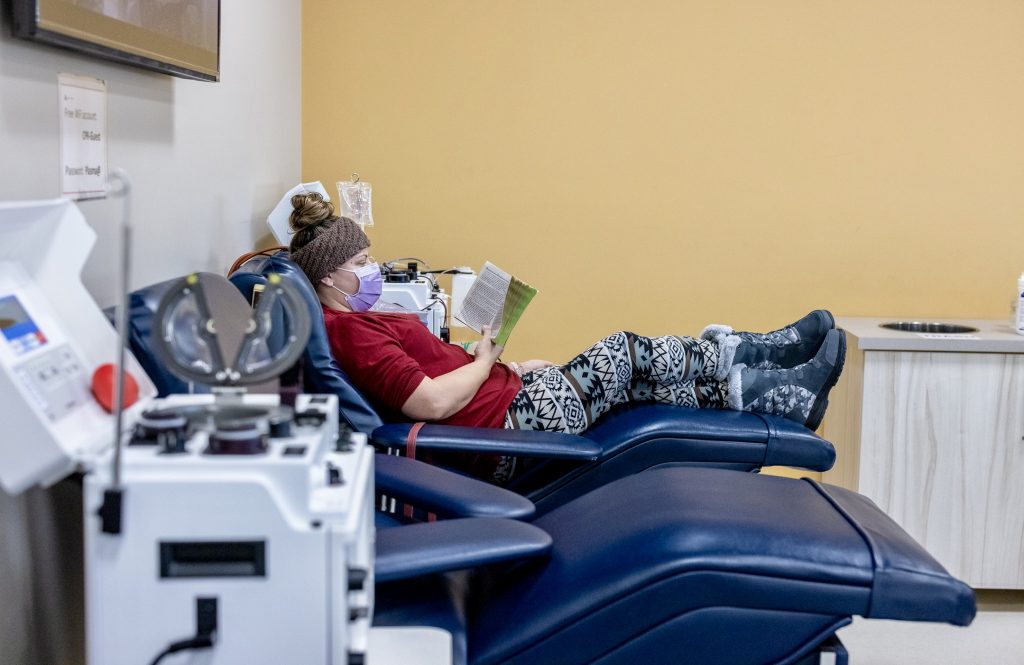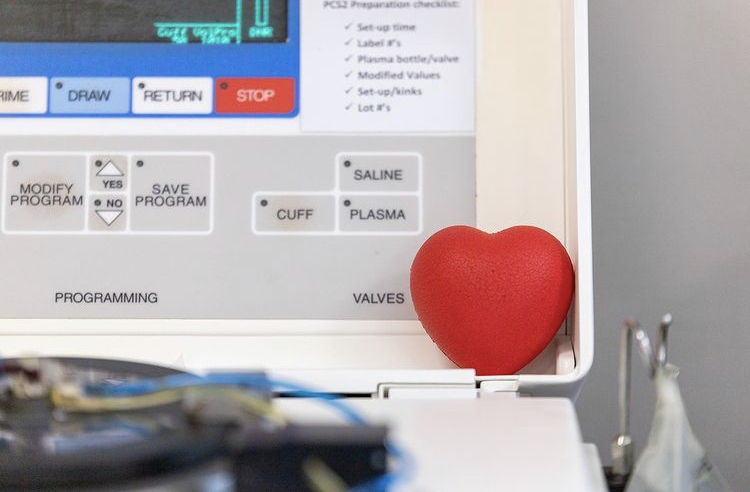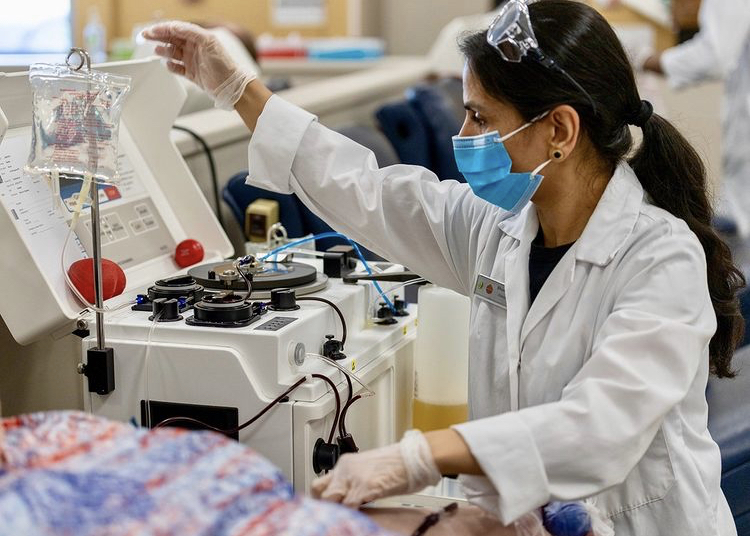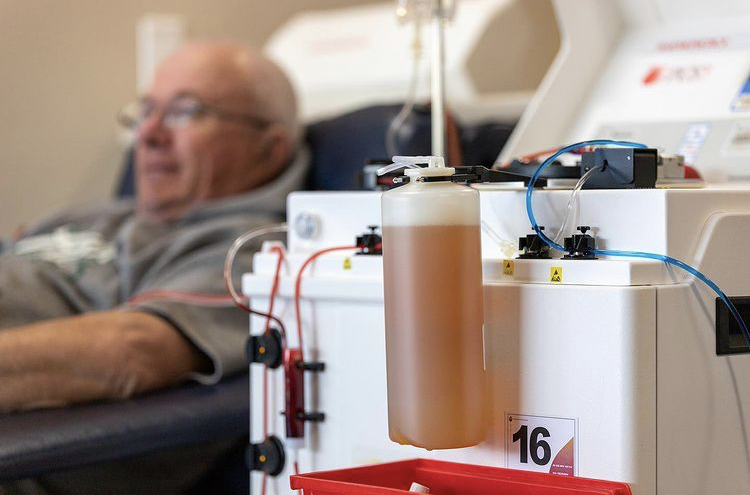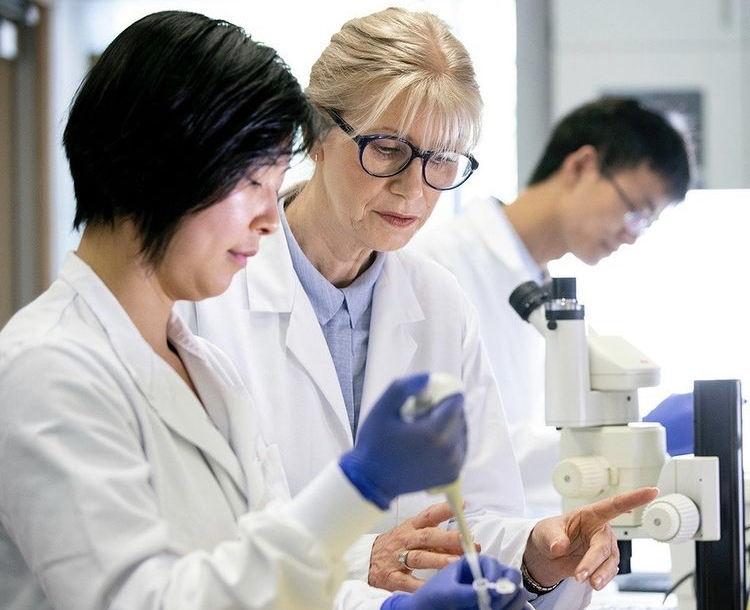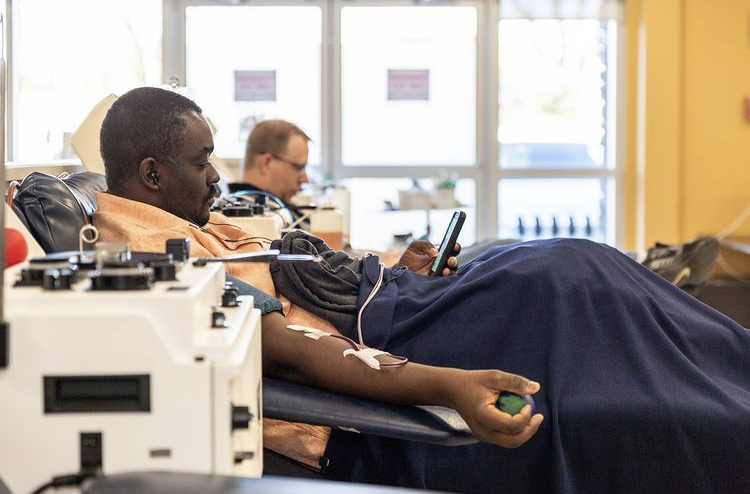plasma donation process
August 1, 2023
Plasma is known as “liquid gold” in the medical community for its life-sustaining and immune system supporting properties. Plasma helps to maintain blood pressure and volume, supply key proteins for blood clotting and immunity, carry electrolytes like sodium and potassium to our muscles and to maintain a healthy pH balance in the body, which boosts cell function.
Medical jargon aside – you might be wondering: what is plasma?
What is Plasma?
Plasma comprises 55% of our blood (the remaining 45% is made up of red blood cells, white blood cells and platelets). Plasma itself is made up of 92% water and 7% proteins, like albumin, gamma, anti-hemophilic factor, with the remaining 1% made up of mineral salts, sugars, fats, hormones and vitamins.
How is Plasma Collected?
At DB Plasma, we pride ourselves on a smooth collection process. The plasma collection process is known as plasmapheresis, in which plasma donors are connected to a machine that draws out blood, separates plasma and returns the blood to the body. During this process, donors are able to watch tv, read a book, kick back and relax.
Your first donation visit will take 2.5 to 3 hours, whereas subsequent visits will only take 1.5 to 2 hours. There’s a screening prior to for your health and safety, and to ensure that the plasma you are able to donate is viable. Following the donation process, we recommend grabbing a snack, hydrating and taking 15 minutes to rest before leaving the centre.
Plasma Treatments
Once plasma is collected, it can be turned into medications and plasma protein therapies that can serve a variety of functions! (Again, this is a lot of medical jargon but we’re here to break it down – the bottom line is that plasma donors are superheroes and plasma is their spiderweb web shooters).
Immunodeficiencies
Plasma is used to treat 80 autoimmune conditions because of its immune-system supporting properties. It can be used to make Immunoglobulin replacement therapies for patients who don’t produce enough immune-boosting components on their own.
Plasma can also be used to treat neurological conditions that are linked to autoimmune issues as well, such as conditions where the immune system attacks cell receptors in the brain.
Temporary Immunodeficiencies
Cancer treatment can cause temporary immune deficiencies, which can be treated with the immunoglobulins found in plasma. Organ transplant patients can also experience temporary immune deficiencies surrounding surgery, and plasma treatment can be supportive of healing and recovery.
Trauma, Burn and Shock Patients
Plasma can be used to treat trauma victims because of its clotting properties. It contains antibodies, clotting factors and various proteins that can help trauma patients to not bleed excessively and ward off infection.
One study found that, within a 30 day window, 76.8% of patients who received plasma survived, compared to 67% of patients who did not receive plasma and only received standard care.
Patients with Clotting Conditions & Bleeding Disorders
Lastly, plasma can be used to treat patients with clotting & bleeding disorders because of its coagulating properties. Plasma helps blood to clot, reducing the risk of excessive bleeding. It also helps to manage blood pressure and volume, because of the plasma protein albumin.
Plasma can be used to treat:
- Hemophilia A, a genetic disorder that is caused by a lack of blood clotting factor VIII.
- Hemophilia B, a hereditary disorder that is caused by a lack of blood clotting factor IX.
- Von Willebrand disease, the most common genetic blood clotting disorder.
Donate Today!
Plasma is truly a liquid gold miracle component of blood that supports the health and wellbeing of patients with different conditions. Become a superhero and donate plasma today (and earn some extra cash – up to $750 in your first 6 weeks with bonus opportunities!)


